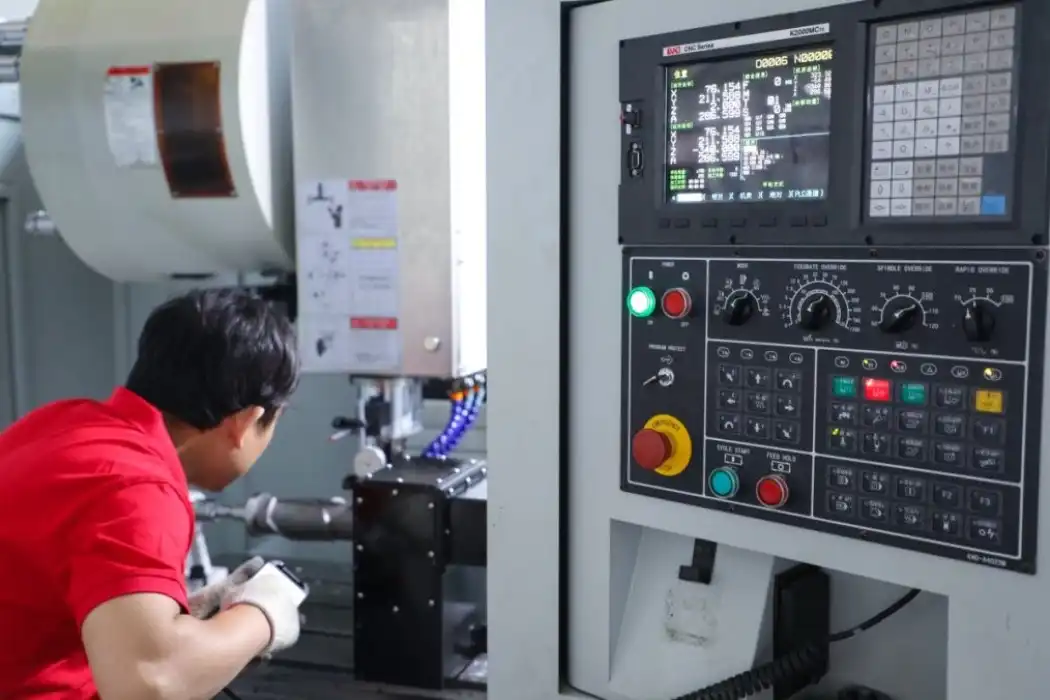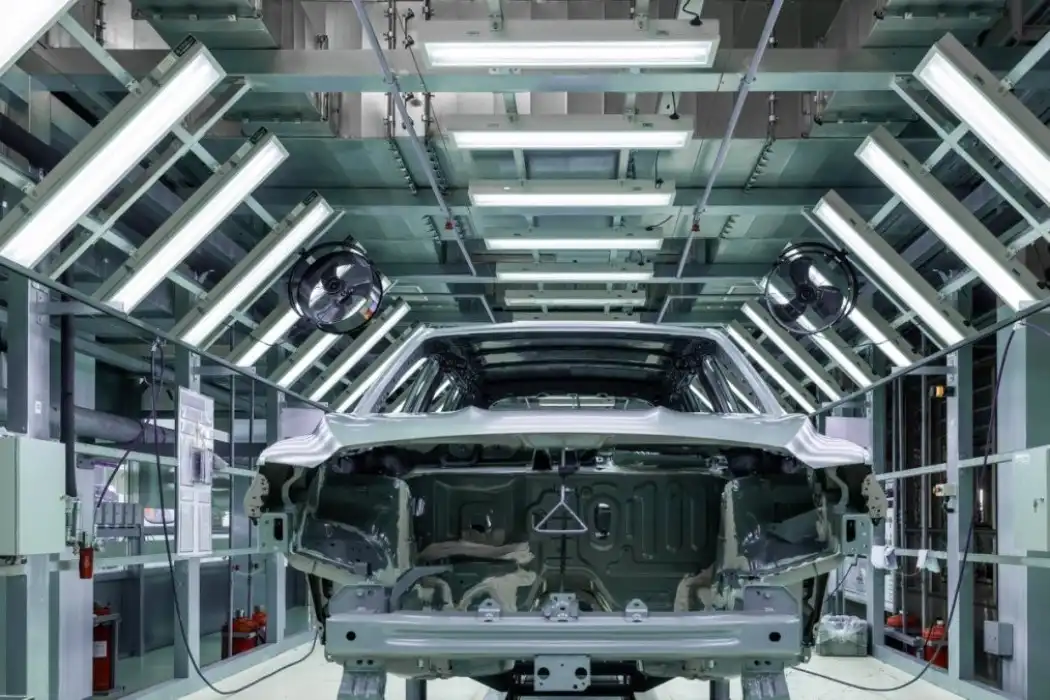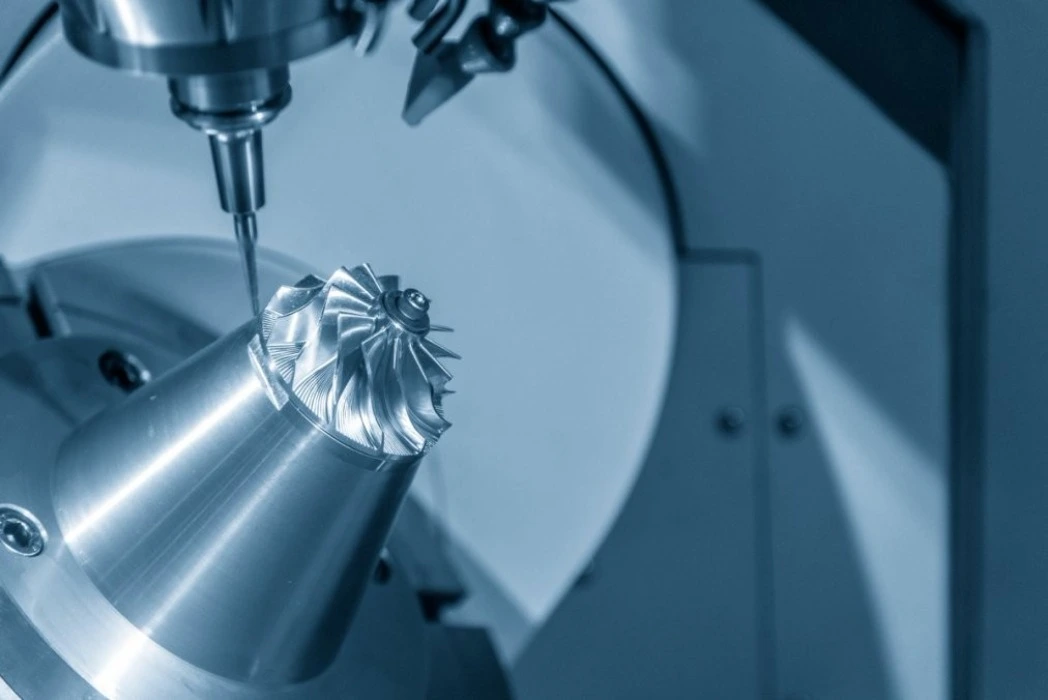Designers and engineers can now make physical representations of their ideas much more quickly with the revolutionary technique of rapid prototyping. This cutting edge method uses cutting edge technology to make digital drawings into real prototypes faster during the product development cycle. Rapid prototyping uses many techniques, such as 3D printing, CNC machining, and injection casting, to help companies test, improve, and confirm their ideas at a speed and efficiency that has never been seen before. Iterative design is possible with this process in a fraction of the time it takes with standard prototype methods, which not only shortens time-to-market but also encourages creativity.
The Evolution of Rapid Prototyping Technologies
From Traditional to Digital: A Paradigm Shift
The journey of rapid prototyping began with manual techniques, gradually evolving into the digital realm. Initially, craftsmen would painstakingly create prototypes by hand, a process that was both time-consuming and labor-intensive. The advent of computer-aided design (CAD) in the 1960s marked a significant turning point, allowing designers to create precise digital models. However, the transformation from digital to physical remained a challenge until the emergence of additive manufacturing technologies in the 1980s.
Breakthrough Technologies in Rapid Prototyping
The introduction of stereolithography (SLA) in 1986 revolutionized the field of rapid prototyping. This technique, which uses ultraviolet lasers to cure and solidify liquid resin layer by layer, paved the way for modern 3D printing technologies. Subsequently, other methods like Fused Deposition Modeling (FDM) and Selective Laser Sintering (SLS) emerged, each offering unique advantages in terms of materials, accuracy, and cost-effectiveness.
The Impact of Industry 4.0 on Prototyping
The fourth industrial revolution, or Industry 4.0, has further propelled rapid prototyping into new frontiers. The integration of artificial intelligence, machine learning, and the Internet of Things (IoT) has enhanced the capabilities of prototyping technologies. These advancements have led to smarter, more efficient processes, enabling real-time adjustments and optimizations during the prototyping phase.

Additive Manufacturing Techniques
Additive manufacturing, commonly known as 3D printing, stands at the forefront of rapid prototyping. This method builds objects layer by layer, allowing for complex geometries that would be impossible with traditional manufacturing techniques. Various 3D printing technologies cater to different needs:
- Fused Deposition Modeling (FDM): Ideal for creating durable prototypes quickly and cost-effectively.
- Stereolithography (SLA): Offers high precision and smooth surface finishes, perfect for detailed models.
- Selective Laser Sintering (SLS): Produces strong, functional prototypes using powdered materials.
Subtractive Manufacturing in Prototyping
While additive methods have gained prominence, subtractive manufacturing techniques remain crucial in rapid prototyping. CNC cutting is a computer-controlled process that takes away material from a solid block. It can work with a lot of different materials and is very accurate. This method works especially well for making prototypes that need to have certain mechanical qualities or high-quality finishes on the outside.
Hybrid Approaches: Combining Technologies
The most advanced rapid prototyping strategies often involve a combination of additive and subtractive techniques. For instance, a prototype might be 3D printed and then refined through CNC machining to achieve tighter tolerances or superior surface quality. To ensure the highest level of efficiency and quality in the modeling process, this blended method incorporates the best features of both methodologies.
Real-World Applications and Case Studies
Rapid Prototyping in Automotive Design
Rapid prototyping has been adopted by the auto industry to speed up the development of new cars. These technologies help car companies quickly change designs, test airflow, and look at how comfortable the cars are to drive. For example, a leading automaker recently used rapid prototyping to develop a new electric vehicle concept, reducing the design cycle from years to months and significantly cutting costs associated with traditional prototyping methods.

Medical Innovations through Rapid Prototyping
Rapid prototyping has created new opportunities for individualized healthcare solutions in the medical industry. While bioengineers investigate the feasibility of developing individualized implants and prostheses, surgeons increasingly rely on 3D-printed models to map out intricate operations. One prominent example is the rapid prototyping of a heart valve tailored to each individual patient. Patients benefit from this because doctors are able to perfect their technique before the operation.
Aerospace Advancements with Cutting-Edge Prototyping
Aerospace companies use rapid prototyping to test new ideas for planes and spaceships. Before going into mass production, businesses employ these technologies to validate complicated assemblies, test new materials, and improve component designs for weight reduction. A groundbreaking wing design was recently developed and tested using rapid prototyping, leading to notable enhancements in performance and fuel efficiency.
FAQ
What is rapid prototyping in manufacturing?
Rapid prototyping is a group of techniques used to quickly create a physical model or part based on a digital design. It helps engineers and designers test ideas, validate functions, and speed up product development using technologies like 3D printing, CNC machining, and injection molding.
What are the main benefits of rapid prototyping?
Rapid prototyping reduces time-to-market, lowers development costs, and allows for iterative testing. It enables faster design modifications, better visualization, and early detection of design flaws before full-scale production.
Which rapid prototyping methods are most commonly used?
Common methods include Fused Deposition Modeling (FDM), Stereolithography (SLA), Selective Laser Sintering (SLS), CNC machining, and vacuum casting. Each technique has its strengths based on material, precision, and application requirements.
How is rapid prototyping used in the medical and automotive industries?
In medicine, it's used for surgical planning, prosthetics, and custom implants. In the automotive sector, it accelerates vehicle design, aerodynamic testing, and part validation, significantly shortening development cycles.
Conclusion
Rapid prototyping has changed everything about how new goods are made. This technology keeps pushing innovation and efficiency forward because it lets users try out changes without spending a lot of money, make difficult designs real, and make changes more quickly. Designers and engineers will likely have more options in the future thanks to fast testing, which is made possible by AI and high-tech materials. The process of turning an idea into a real product has never been faster or more exciting, and rapid prototyping is at the center of this exciting change.

From Idea to Product: Rapid Prototyping Made Easy | BOEN
At BOEN Prototype, we specialize in turning your innovative ideas into tangible realities through our advanced rapid prototyping services. Our state-of-the-art facilities are equipped with cutting-edge technologies such as CNC machining, rapid injection molding, compression molding, metal pressing, die casting, vacuum casting, and various 3D printing methods including SLA and SLS. We can handle even the most difficult modeling tasks with accuracy and speed thanks to our wide range of skills. See what makes BOEN different when it comes rapid prototyping. Our group is prepared to make your thoughts come to life, whether you're making a therapeutic contraption that will alter the world or making strides an auto portion. Email us at contact@boenrapid.com to learn more about our services and how we can help you with your next job. Let BOEN be your gateway from concept to creation.
References
Johnson, A. (2022). "The Future of Rapid Prototyping in Product Development". Journal of Advanced Manufacturing Technologies, 45(3), 278-295.
Smith, B., & Williams, C. (2021). "Rapid Prototyping: A Comprehensive Review of Technologies and Applications". International Journal of Industrial Engineering, 18(2), 112-130.
Lee, K., & Chen, X. (2023). "Advancements in Material Science for Rapid Prototyping". Materials Today, 56, 45-62.
Thompson, M. K., et al. (2022). "Design for Additive Manufacturing: Trends, Opportunities, Considerations, and Constraints". CIRP Annals, 71(2), 720-741.
Garcia, J., & Martinez, L. (2021). "The Impact of Rapid Prototyping on Innovation in Small and Medium Enterprises". Technovation, 108, 102332.
Brown, R. (2023). "Hybrid Manufacturing: Combining Additive and Subtractive Techniques in Rapid Prototyping". Advanced Manufacturing Processes, 38(4), 501-518.








